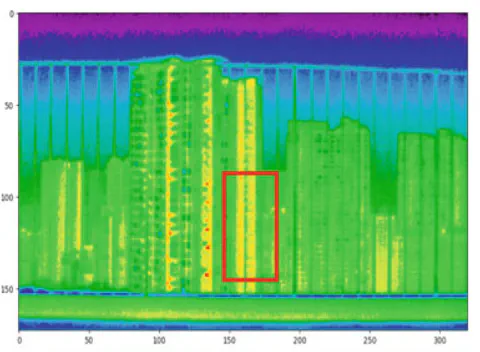
Abstract
As a developed and densely populated city, Singapore proves to be a vulnerable victim of the effects of climate change. With Singapore heating up twice as fast as the rest of the world, it is highly important that factors contributing to it are identified and analysed to curb this issue and protect the well-being of the population and the environment. Firstly, with the many infrastructures that dot the city, Singapore falls prey to the urban heat island (UHI) effect. Secondly, with the use of air-conditioning accounting for 25% of the residential electrical consumption, cooling is still one of the largest energy demands for households and buildings. Hence, to obtain a better view as to how these factors come into play, thermal analysis of infrastructure was conducted. This was then coupled with simulations and analyses of thermal data of the flow of air around heated air-conditioning compressors. Results of these investigations revealed differences in temperature of the building with changes in altitude and also the pivotal role that the placements of air-conditioning compressors play in the dispersion of heat around compressors that are concurrently in use across multiple floors. This is crucial to investigate as this might affect the electrical consumption and electricity bills of households. This study also holds significance as it gives rise to a phenomenon known as the urban stack effect where temperature increases with increasing altitude due to the formation of a heat vortex. Moreover, with most modern infrastructures having a similar layout to the building studied in this investigation, this also allows for future studies to be conducted on the design of infrastructures that contribute towards the lessening of the UHI effect.